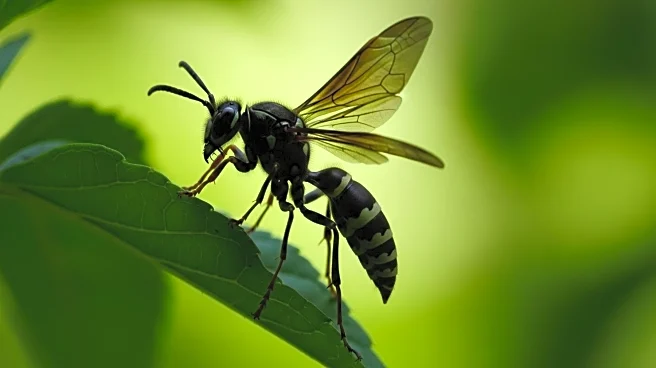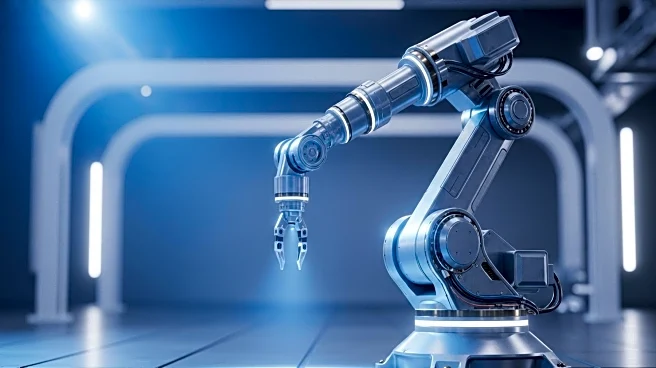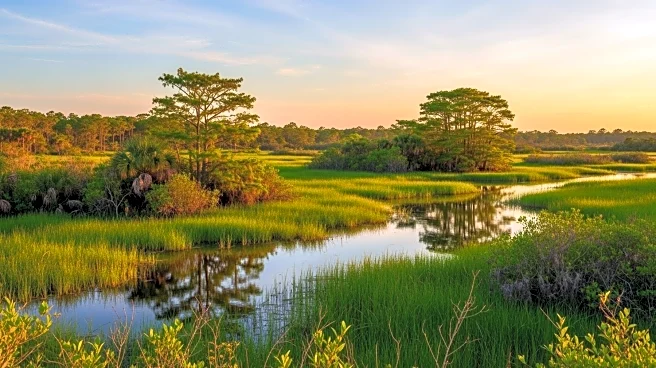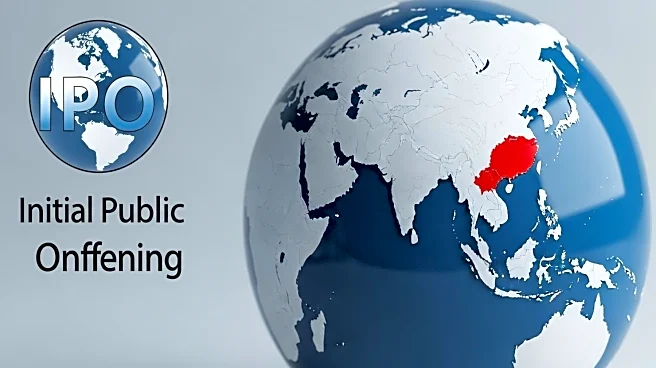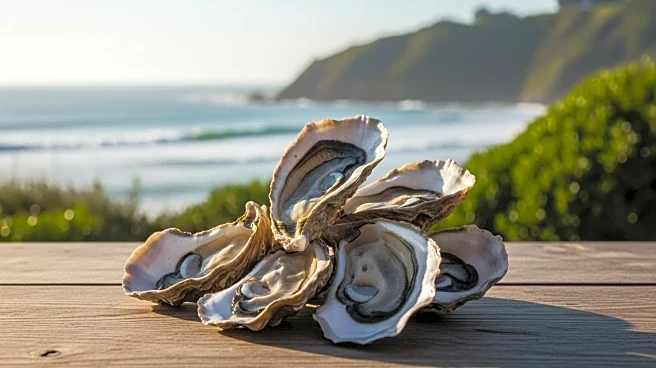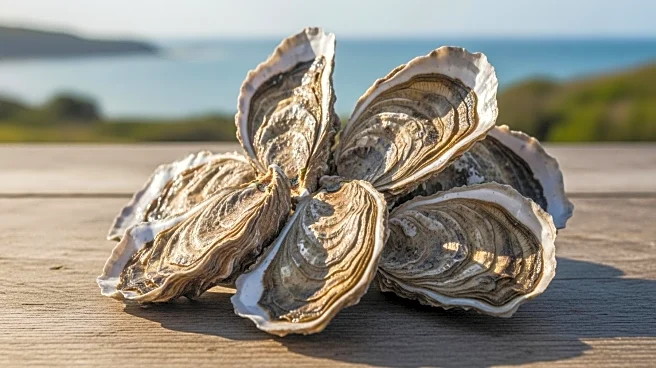What is the story about?
What's Happening?
Researchers from Binghamton University have identified two new species of parasitic wasps in the United States. These wasps, part of the Bootanomyia Girault species, were found to have been introduced from Europe. The discovery was made through genetic sequencing and analysis, revealing that these wasps have established populations on both the East and West coasts of North America. The research, funded by a National Science Foundation grant, aims to understand the diversity and evolutionary dynamics of oak gall wasps and their parasitoids. The study involves collecting oak gall wasps across North America and analyzing the parasitic wasps that emerge from them.
Why It's Important?
The introduction of non-native species can have significant ecological impacts, potentially threatening native species and altering local ecosystems. The discovery of these parasitic wasps highlights the importance of monitoring biodiversity and understanding the interactions between native and introduced species. Parasitic wasps play a crucial role in controlling insect populations, including pests that affect agriculture and forestry. Understanding their diversity and behavior can inform conservation strategies and pest management practices, contributing to ecological balance and sustainability.
What's Next?
Researchers will continue to study the ecological impact of these introduced wasp species on native oak gall wasps and other local species. The ongoing research will involve genetic analysis and field studies to track the spread and adaptation of these wasps in North America. Collaboration with citizen scientists and naturalists will be crucial in gathering data and monitoring changes in biodiversity.
Beyond the Headlines
The discovery underscores the importance of global collaboration in biodiversity research and the role of citizen science in uncovering new species. It also raises questions about the ethical implications of introducing non-native species and the responsibilities of managing their impact on local ecosystems.
AI Generated Content
Do you find this article useful?
